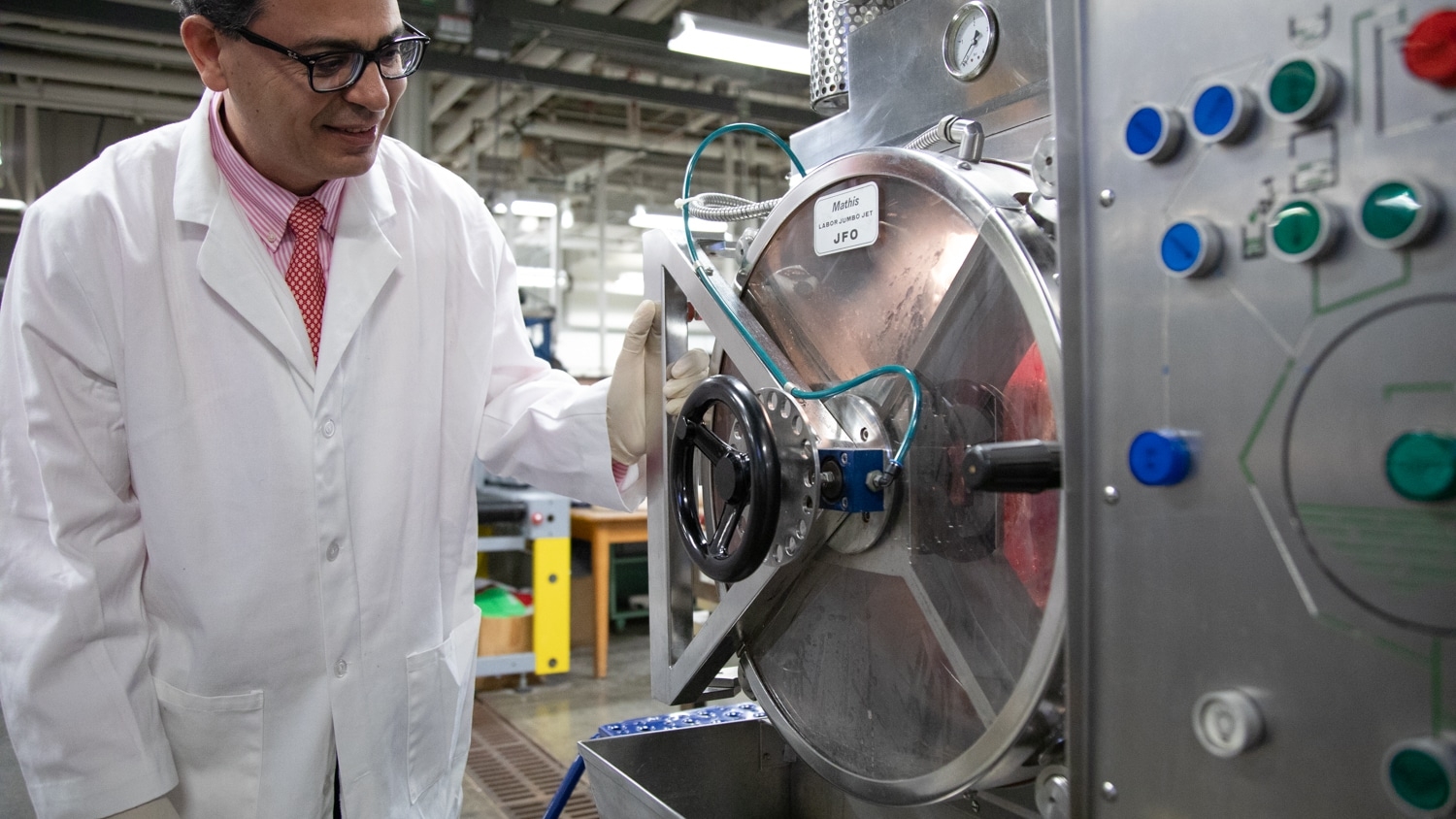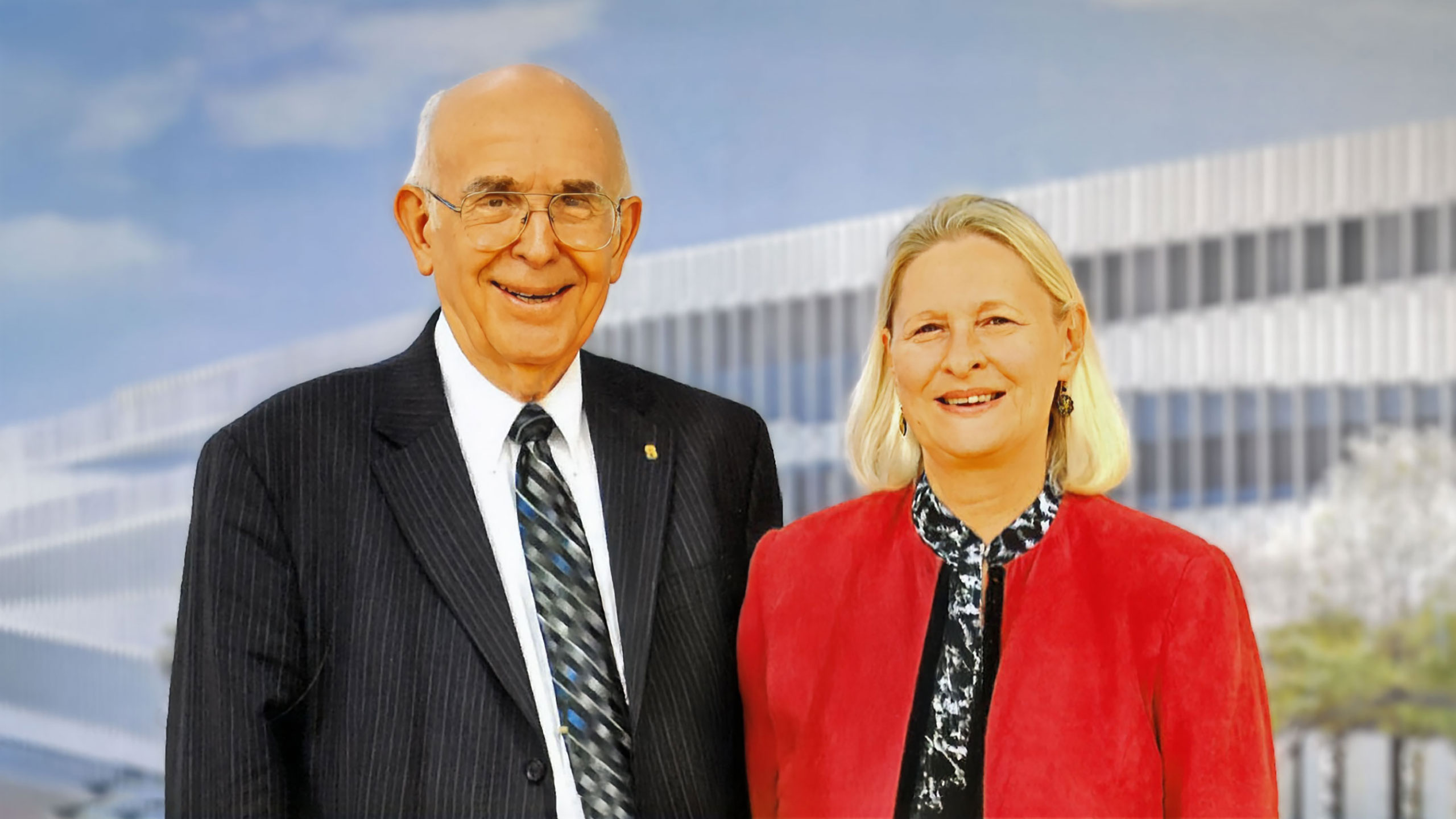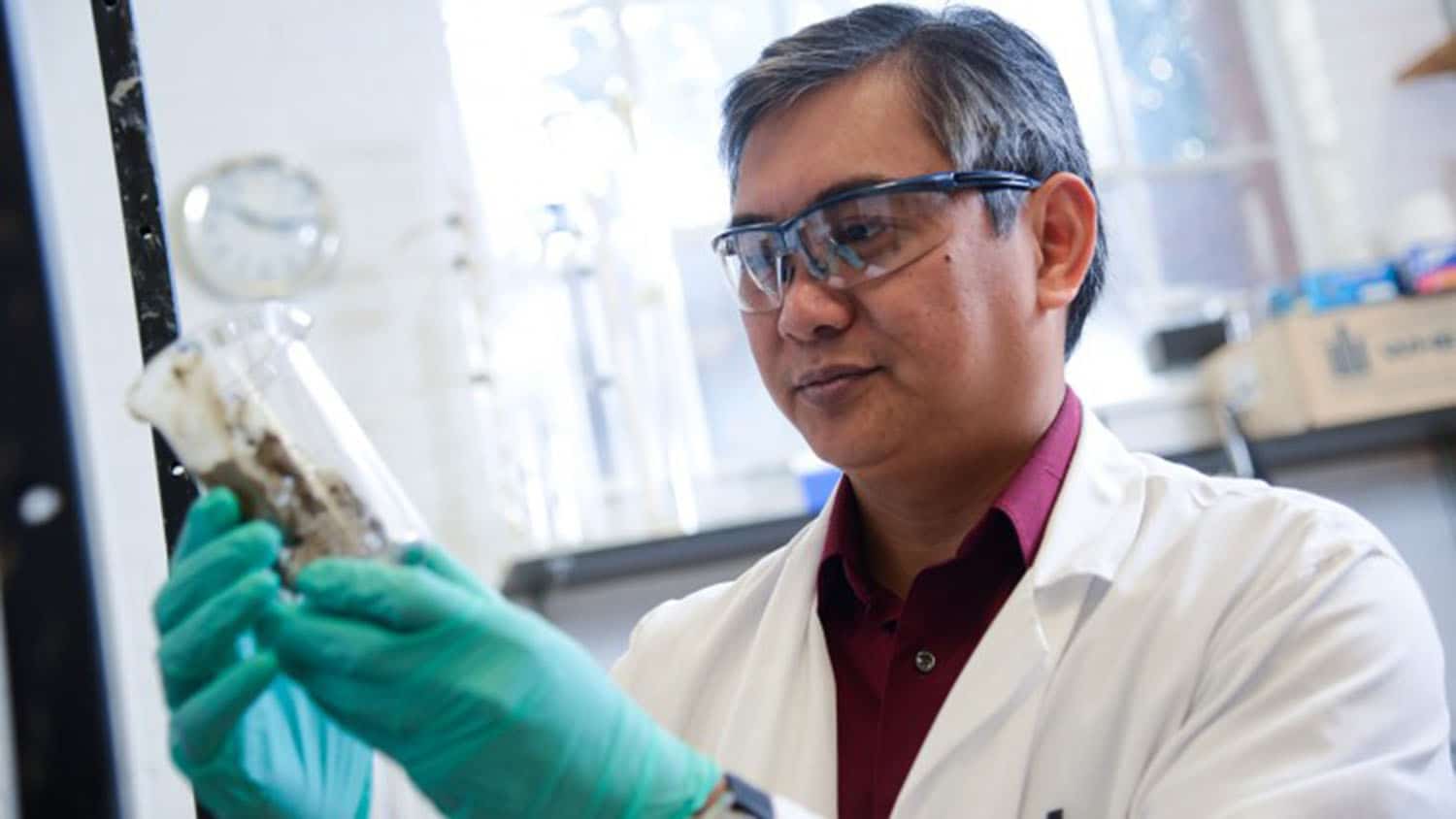By Sean Cudahy
Not many of us can say we’re truly doing the job we’d envisioned as a child. Perhaps even fewer of us can also say we’re in that role thanks to the help of direct, professional lessons from our parents.
Wilson College of Textiles Assistant Professor Xiaomeng Fang can.
In fact, her passion for teaching has roots in the many childhood days she sat in a high school classroom in China, watching her mother instruct students.
“I found teaching is one of my passions,” Fang says, thinking back.
That familial connection to the profession made it even sweeter when Fang learned she was among 17 NC State University faculty members awarded the Outstanding Teacher Award this spring.
Recognizing excellence in teaching at all levels, the accolades require sign-off from the university’s executive vice chancellor and provost.
Ask Fang, and she’ll tell you it’s a reflection of how much she’s learned, while helping others do the same.
An evolving, engaging teaching approach
Fang arrived on the NC State campus in 2013 after earning her bachelor’s and her master’s at Donghua University in Shanghai, China. First a doctoral student in the Wilson College’s fiber and polymer science program, Fang went on to become a teaching assistant, lecturer, and eventually, in August 2019, an assistant professor in the Department of Textile, Engineering, Chemistry and Science.
Since the earliest days of her teaching career, marked by meticulously-planned lectures, Fang’s evolving teaching methods have quickly garnered the attention of her colleagues.
Associate Professor Eunkyoung Shim peer reviewed one of Fang’s knitting technology courses last year, and came away viewing her as “energetic, patient and creative.”
“I was most impressed by how Dr. Fang engaged with students, promoted participation, and effectively facilitated and guided class discussion,” Shim wrote in a letter supporting Fang’s nomination for the Outstanding Teacher award.
Asked about such compliments, Fang credits her innovative active teaching methods — strategies that might, in any one class, see her incorporating media, animations, images, and student-led demonstrations to explain technologies at the heart of her courses.
“We are not just teaching students to memorize everything,” Fang says. “I want them to teach themselves. I just lead them to the topic and let them dig more, and that’s the way they learn more.”
Her goal — to prepare students for the real world — seems to be working.
“Dr. Fang pushed us to think about how we might use the concepts and methods we were learning later in our career,” wrote 2023 Wilson College graduate Carson Jenkins, who lauded Fang’s “above and beyond” efforts to engage students during a pandemic-induced fully remote course in 2021.
An innovative researcher
It’s not just Fang’s engaging teaching efforts that have defined her growth within the Wilson College of Textiles; it’s also the groundbreaking research she’s undertaken throughout her time on campus.
In running the Fang Research Group, her principal focus centers around integrating fiber electronics into textiles and examining how the application of fibers and textiles can solve quality of life issues related to health and wellbeing.
But it’s the diversity of the faculty and vast areas of focus she feels makes the Wilson College an ideal place to learn and grow, with the help of world class research facilities.
“This is an experience I think you cannot get anywhere else,” she says.
We are not just teaching students to memorize everything. I want them to teach themselves. I just lead them to the topic and let them dig more.
That she’s spent a decade of her life here (with a major award to boot) is humbling she says. But it’s also a reflection of lessons she’s learned from great teachers along the way, starting years ago, in that classroom with her own mother.
“Not everyone’s childhood dream can come true, but mine is now realized,” Fang says. “I think the best way for me to give back is to be a good teacher for the next generation.”
This post was originally published in Wilson College of Textiles News.
- Categories:



